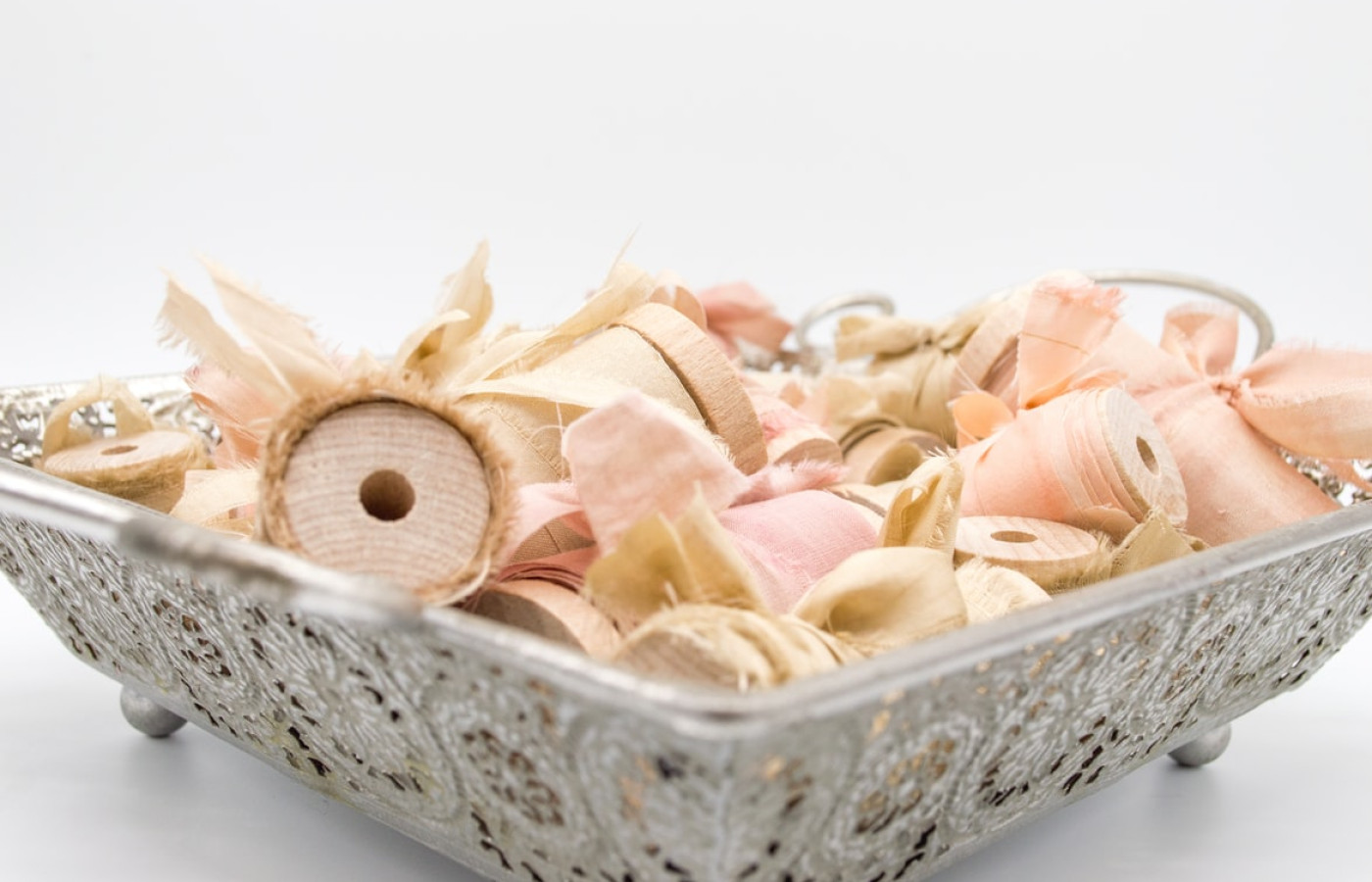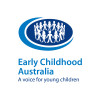Exploring treasures

Exploring treasures
Treasure basket explorative play
Materials Required
- A variety of fabric offcuts or ribbons of differing textures, sizes and colours
- A small basket
Alternative: fabrics in various shades of the same colour, Alternative: small container, bucket or tub
Play experience profile
-
Ages:
-
Min Playtime5 - 15 Minutes
-
Skills
-
Energy LevelQuiet Play
-
Messiness Rating
-
EYLF Outcomes
Play Experience Preparation
Collect items - Consider the similarities and differences between objects - Consider key words you might use when engaging (e.g. smooth, soft, rough) - Select a space that is comfortable and not clutteredExperience Steps
- Present your child with the basket of 'treasures'.
- Allow free exploration, staying close by. You might show your baby how to take an item out of the basket.
- As items are selected (either by you or the baby), narrate the actions. E.g. "you found a blue ribbon! It looks shiny and long!"
- You might like to focus on the colours or textures, or on the actions. E.g. "out" and "in".
- Pause between actions, to allow baby to think about what you've said or to communicate what they'd like to do next.
- During this play, it's important to listen to your baby by observing their actions and considering what they might be thinking or wanting to do. Follow their lead e.g. if you're trying to count, but they want to tip all the items out from the basket, you could create a game of emptying the items and then counting them as you put them back in, ready to tip them out again.

What to talk about, or questions to ask during the experience
- Counting - numbers, one more, one less, more
- Positional language - in, out, on, under, next to, above
- Actions - tip them out, put them back in, again, more, no more, finished
- Descriptive language - soft, rough, smooth, shiny, long, short, big, small
Build on this...
- Create other baskets that are similar to this one e.g. one might have blue items and one might have red. You can explore baskets together or separately to extend on sorting/comparisons
- Provide a second, empty basket to support packing/unpacking play.
WHO guidelines for physical activity and sedentary behaviour
Provide evidence-based public health recommendations for children, adolescents and adults on physical activity.
Learn more
Provide evidence-based public health recommendations for children, adolescents and adults on physical activity. Learn more
This play could be extended to encourage physical activity through including gathering items in the play e.g. a child can crawl or walk to collect items from around the room to place in the basket.
EYLF Outcomes
The Early Years Learning Framework has been designed for use by early childhood educators working in partnership with families, children’s first and most influential educators.
View PDF
The Early Years Learning Framework has been designed for use by early childhood educators working in partnership with families, children’s first and most influential educators. View PDF
- Children develop a range of skills and processes such as problem solving, inquiry, experimentation, hypothesising, researching and investigating
- Children develop dispositions for learning such as curiosity, cooperation, confidence, creativity, commitment, enthusiasm, persistence, imagination and reflexivity
- Children interact verbally and non-verbally with others for a range of purposes
EYLF Principle
Principle 1: Secure, respectful and reciprocal relationships. Through a widening network of secure relationships, children develop confidence and feel respected and valued.
EYLF Practice
Practice: Learning through play. Play can expand children’s thinking and enhance their desire to know and to learn. In these ways play can promote positive dispositions towards learning. Children’s immersion in their play illustrates how play enables them to simply enjoy being.
Author:


